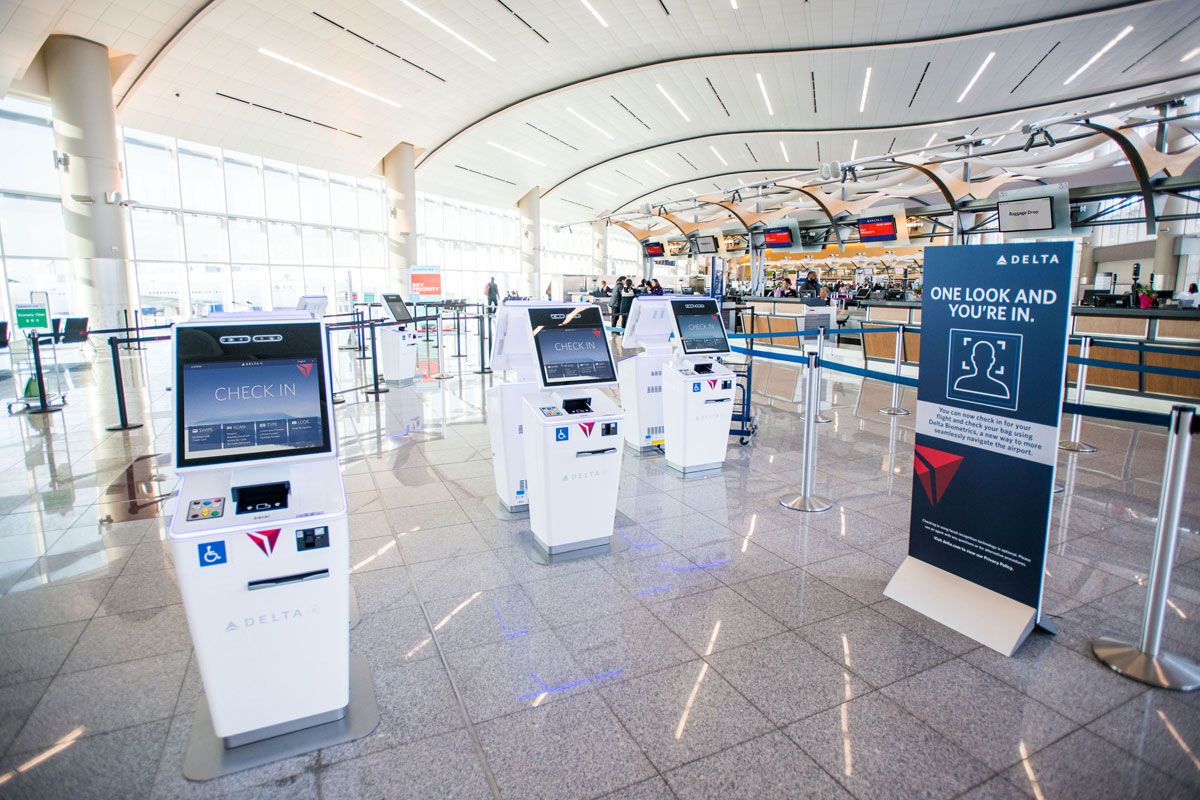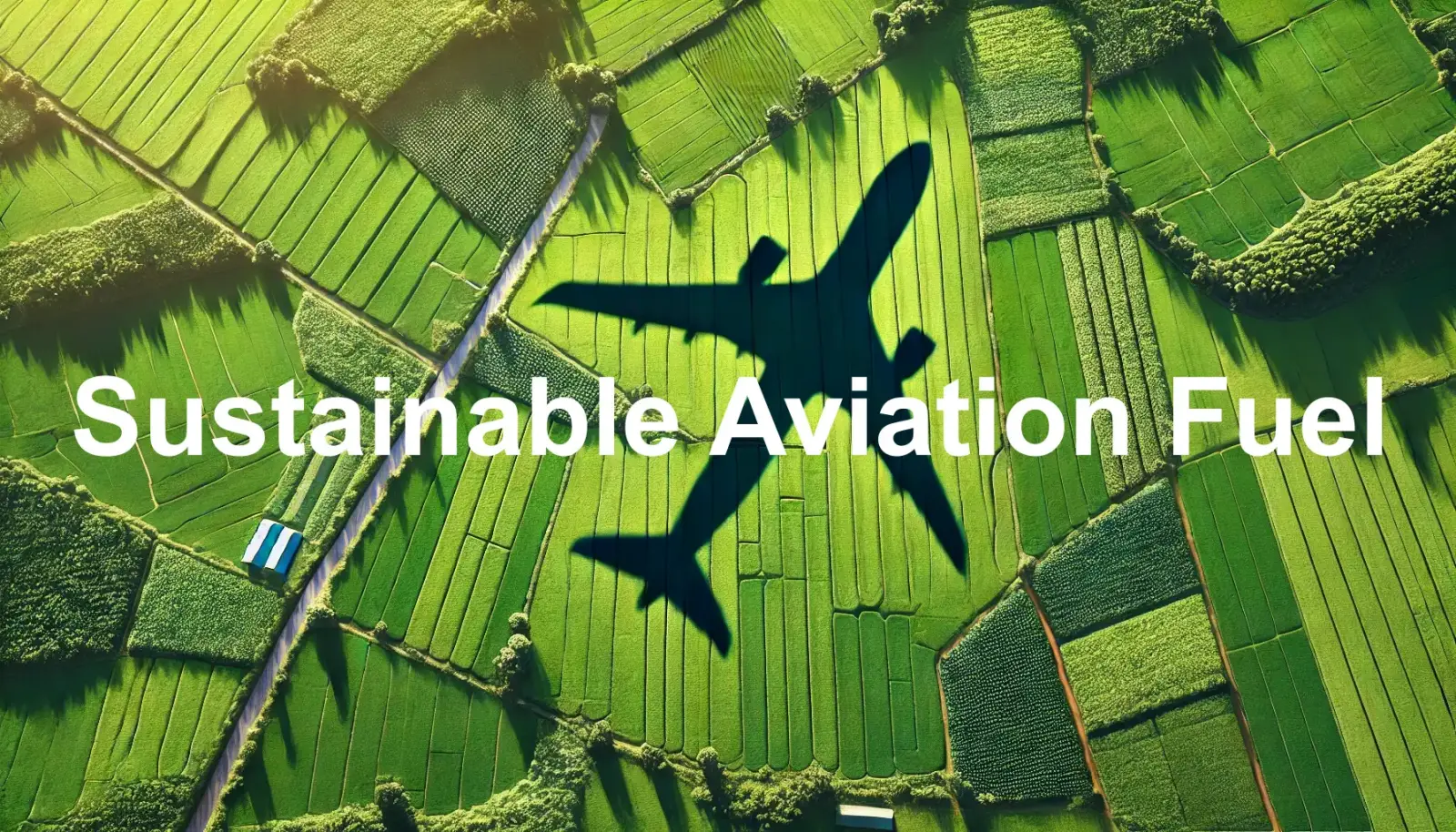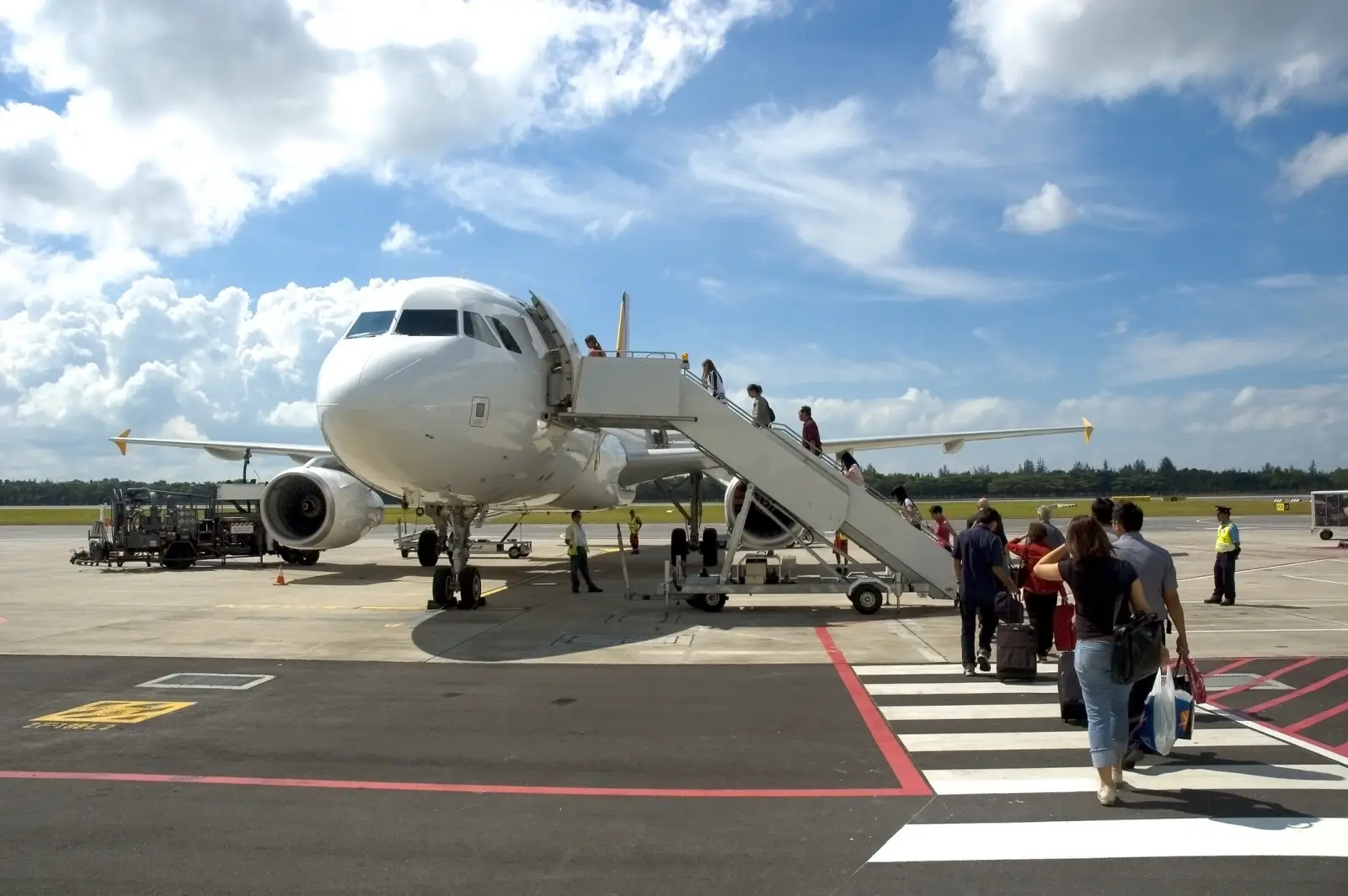In a positive development for Hong Kong’s aviation sector, the International Air Transport Association (IATA) has commended the efforts of the Hong Kong Special Administrative Region (SAR) government to address the ongoing labor crunch.
This news comes as IATA upgraded its passenger traffic projections for Hong Kong, now forecasting a recovery to pre-crisis levels by the end of 2024. This aligns with the expected faster recovery in the Asia-Pacific region.
IATA’s Director General, Willie Walsh, expressed optimism over Hong Kong’s future prospects, stating, “The situation is looking bright for Hong Kong. China’s earlier than expected reopening is providing a much-needed boost to the passenger recovery. By the end of 2024, we expect to see Hong Kong’s traffic return to pre-crisis levels. And it is encouraging to see the Hong Kong government preparing for this with measures to ensure that the workers needed to support the recovery are available.”
The Hong Kong government has introduced a labor importation scheme with the aim of bolstering the airport workforce by importing an additional 6,300 workers from Mainland China. This initiative comes as airlines in Hong Kong have been grappling with supply chain challenges and a shortage of skilled labor.
After enduring a turbulent three years, the aviation sector now gears up for recovery and future growth. Walsh emphasized the importance of cooperation among the entire Hong Kong aviation community, including airlines, airport authorities, regulators, and the government, to collectively address challenges and seize future opportunities. In line with this vision, the Hong Kong Aviation Day will be organized from 2-3 August 2023, jointly by IATA and the Airport Authority Hong Kong (AAHK).
The Hong Kong Aviation Day is expected to foster collaboration and generate productive discussions among industry stakeholders. The event will serve as a platform for sharing insights, exploring potential solutions, and embracing innovative approaches to overcome the prevailing hurdles faced by the aviation sector in Hong Kong. The participation of key partners and experts will be instrumental in shaping the future of the industry and ensuring sustained growth in the years to come.
The recovery of Hong Kong’s aviation sector has significant implications for the region’s economic rebound. As the pandemic heavily impacted international travel, the concerted efforts to address labor shortages and initiate strategies for recovery signify a positive turning point. With passenger traffic projected to regain pre-crisis levels by the end of 2024, the aviation industry is poised for a gradual resurgence in the coming years.
By augmenting the aviation workforce through the labor importation scheme, Hong Kong aims to meet the rising demand for air travel and alleviate the strain on airlines as they strive to recover from the adverse effects of the pandemic. IATA’s support and acknowledgment of the government’s measures underscore the importance of collaboration and effective planning to ensure a smooth transition into a future driven by sustainable growth and increased air connectivity.
In conclusion, the Hong Kong aviation sector has received a much-needed boost with measures introduced by the government to address labor shortages. The projected recovery to pre-crisis passenger traffic levels by the end of 2024 has set the stage for a brighter future. The industry’s collective efforts, supported by IATA and AAHK’s upcoming Hong Kong Aviation Day, will play a crucial role in revitalizing the sector and positioning Hong Kong as a key player in the global aviation landscape.
If you’re considering establishing a business in the Hong Kong Special Administrative Region (HKSAR), it’s essential to understand the regulatory landscape and available resources. For more comprehensive insights, you can find details about setting up a company in HKSAR in the context of the region’s evolving economy, particularly as the aviation sector benefits from efforts to tackle labor shortages. This information will help you navigate the process and leverage the opportunities presented in this dynamic market.













